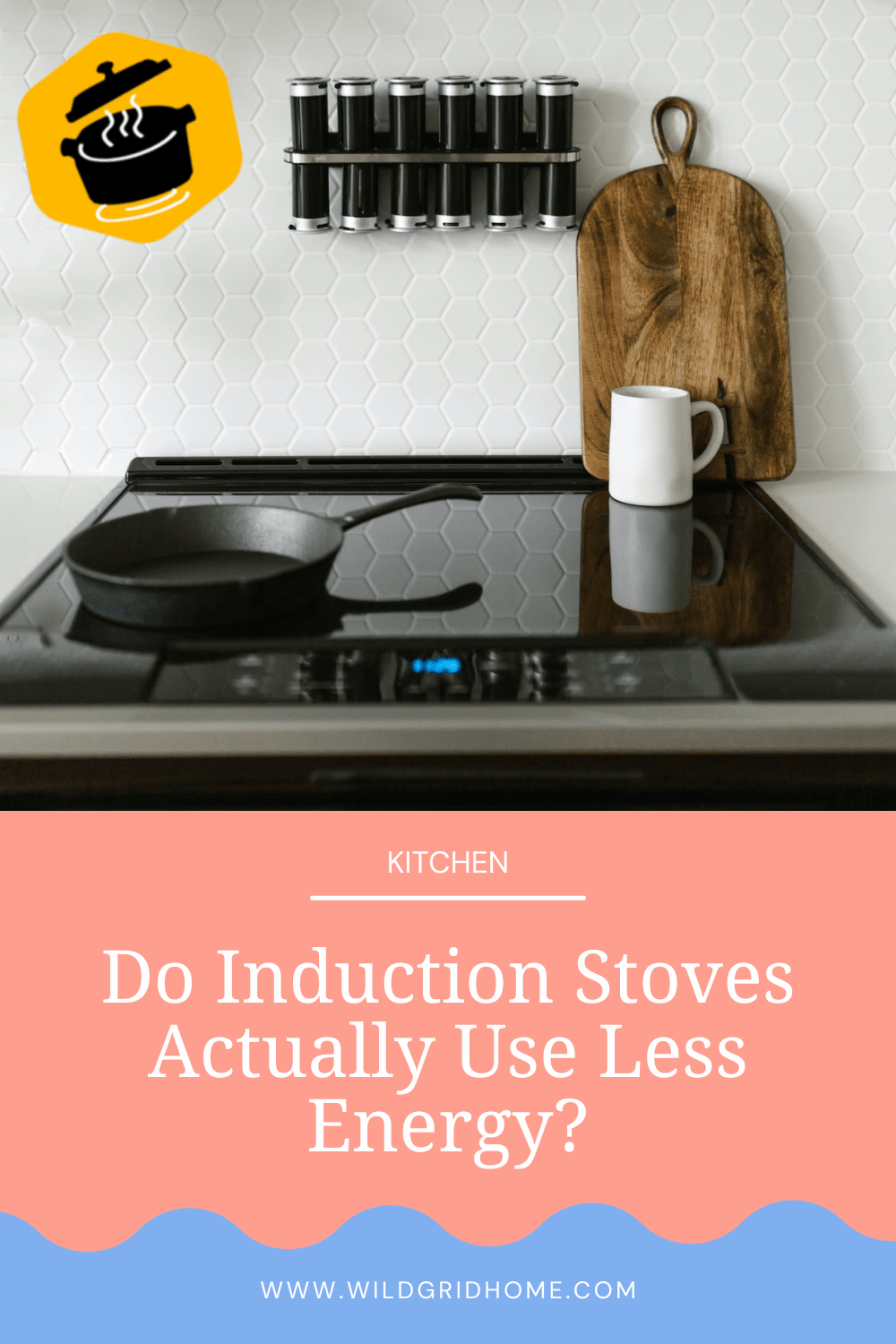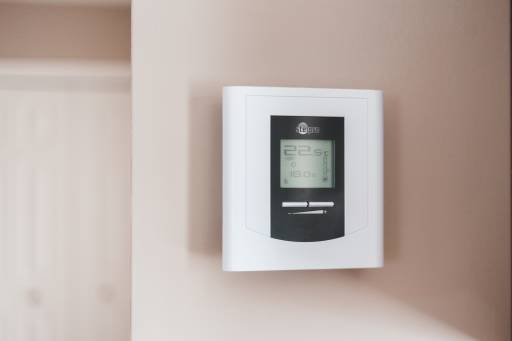Do Induction Stoves Actually Use Less Energy?
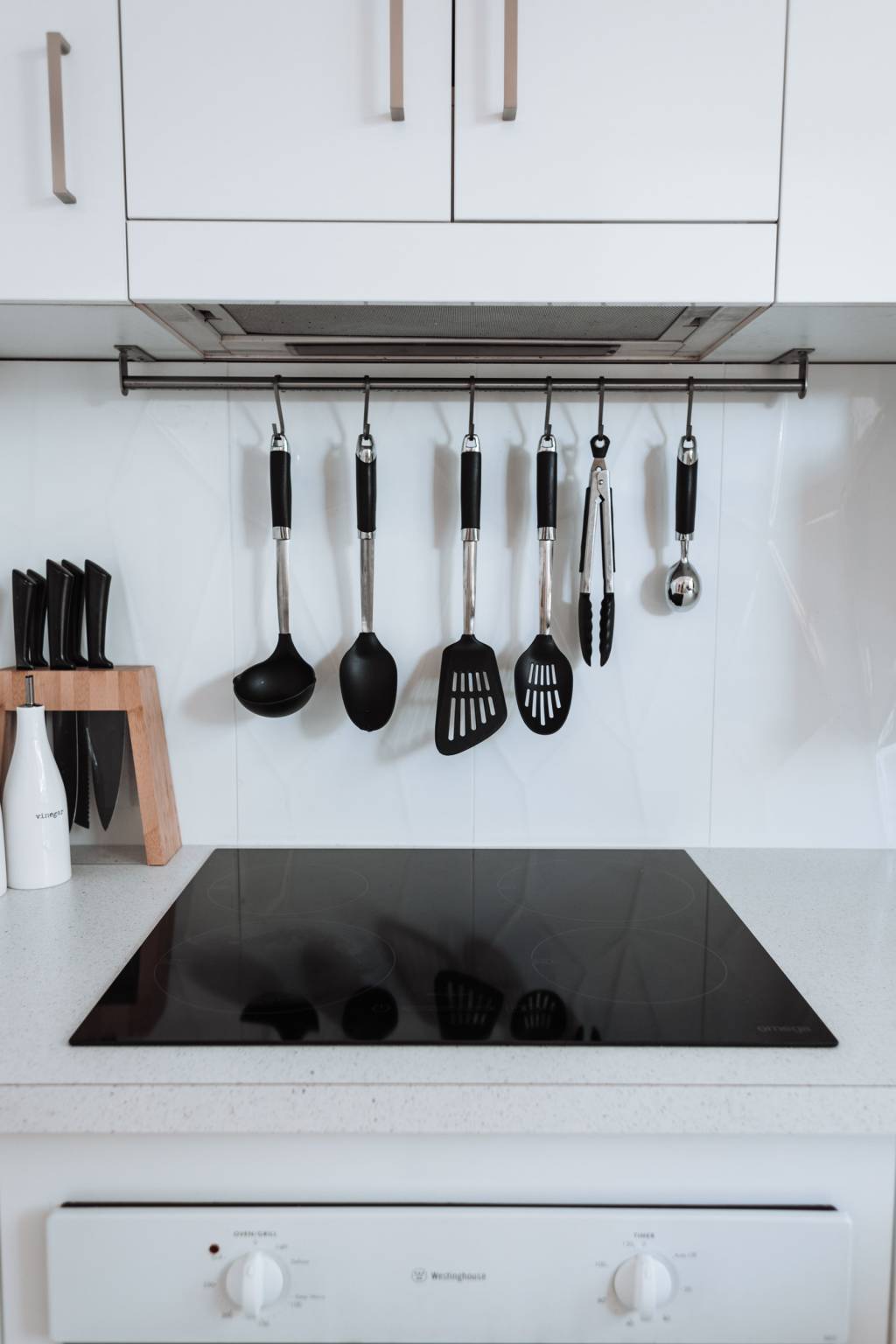
As mass electrification has gained traction as a viable climate solution, gas stoves have come under fire. They warm our planet and also pollute our homes, drastically reducing indoor air quality and threatening our health and well-being. 👎
Accordingly, many home chefs are exploring safer and more climate-friendly electric cooking options. Induction stoves in particular are getting attention as the hottest new-fangled all-electric kitchen appliances available to homeowners who are looking to electrify, boasting everything from superior efficiency ratings to faster cooking times. 🤩
But are they really all that much better than classic electric ranges? Do induction stoves use less energy? Keep reading to find out.
Gas vs. Electric vs. Induction: How do they all work?
There are three different types of stoves on the market today: gas stoves, electric stoves, and induction stoves.
(Okay Paul Bunyan, technically wood-burning stoves are also an option… but who’s got that kind of time? 🪵)
If you only focus on the broad strokes, all of these stoves do exactly the same thing: they produce heat for you to cook with. Their differences lie in how they produce that heat.
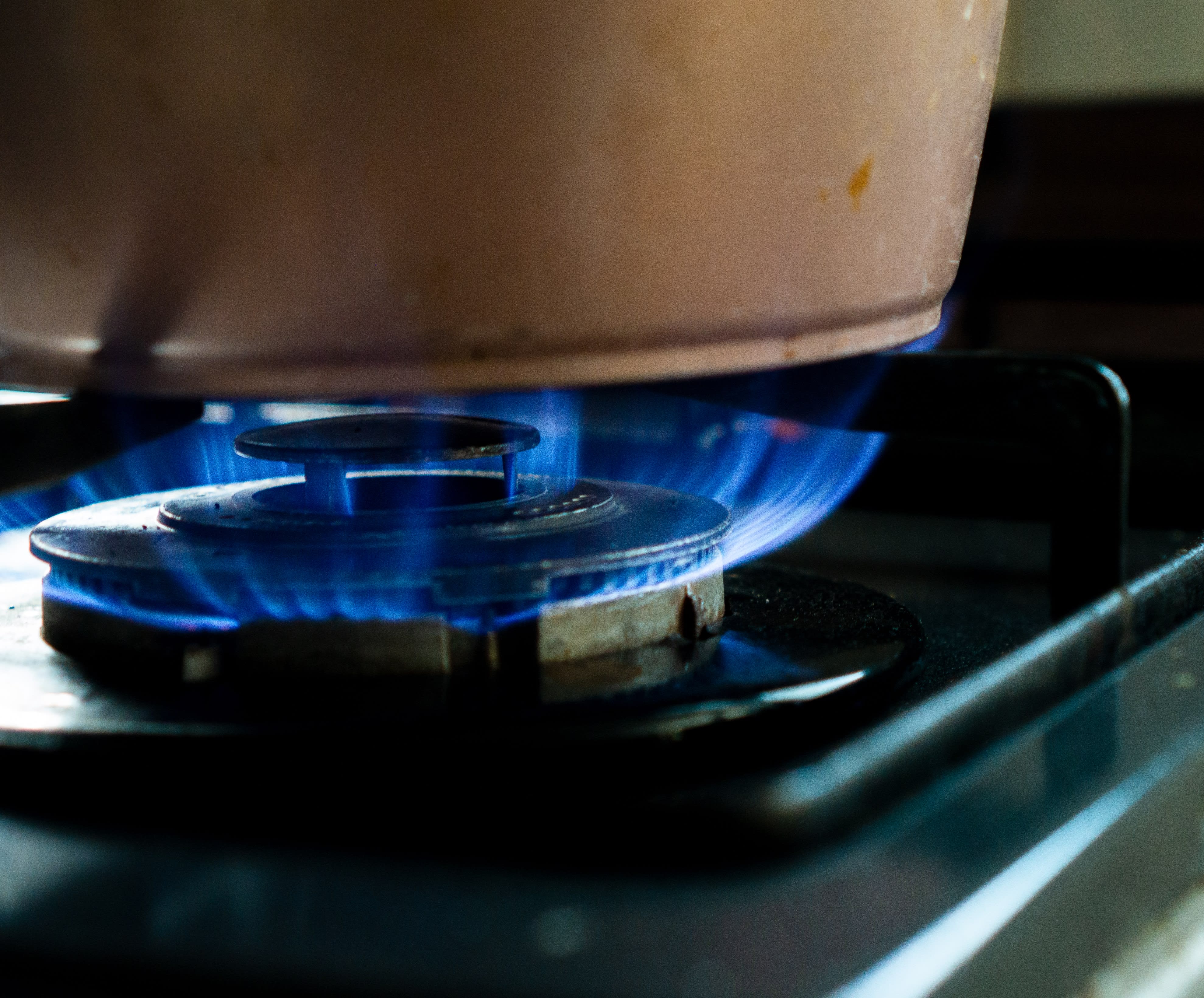
Gas stoves ⛽️
We all know how gas stoves work by now. A pilot light or electric igniter is used to light a small flame on your stovetop, fueled by natural gas (which is, by the way, mostly methane).
The heat from the flame slowly transfers to your cookware, and then to the food you are trying to cook. A lot of the heat also transfers to the air in your kitchen — this is classified as waste.
The fossil fuel combustion that produces the heat you cook with when you use a gas stove also produces nitrogen dioxide, carbon monoxide, and formaldehyde. These are toxic gases that have recently been shown to have significant detrimental impacts on human health at the concentrations found in households as a result of gas stove use.
Electric stoves 🔌
Most electric stoves work similarly to gas stoves in terms of heat transfer: heat travels from the stove to your cookware to your food.
However, instead being the result of fossil fuel combustion, the heat is the result of electricity being passed through a coil made from a material with high resistance. As the current moves through the coil, it dissipates as heat.
Generally, electric stoves fall into two categories: coil tops and smooth tops. The only difference between coil tops and smooth tops is that the coil tops have an exposed coil that your pot or pan sits right on top of, while smooth tops conceal the coil under a layer of glass or ceramic.
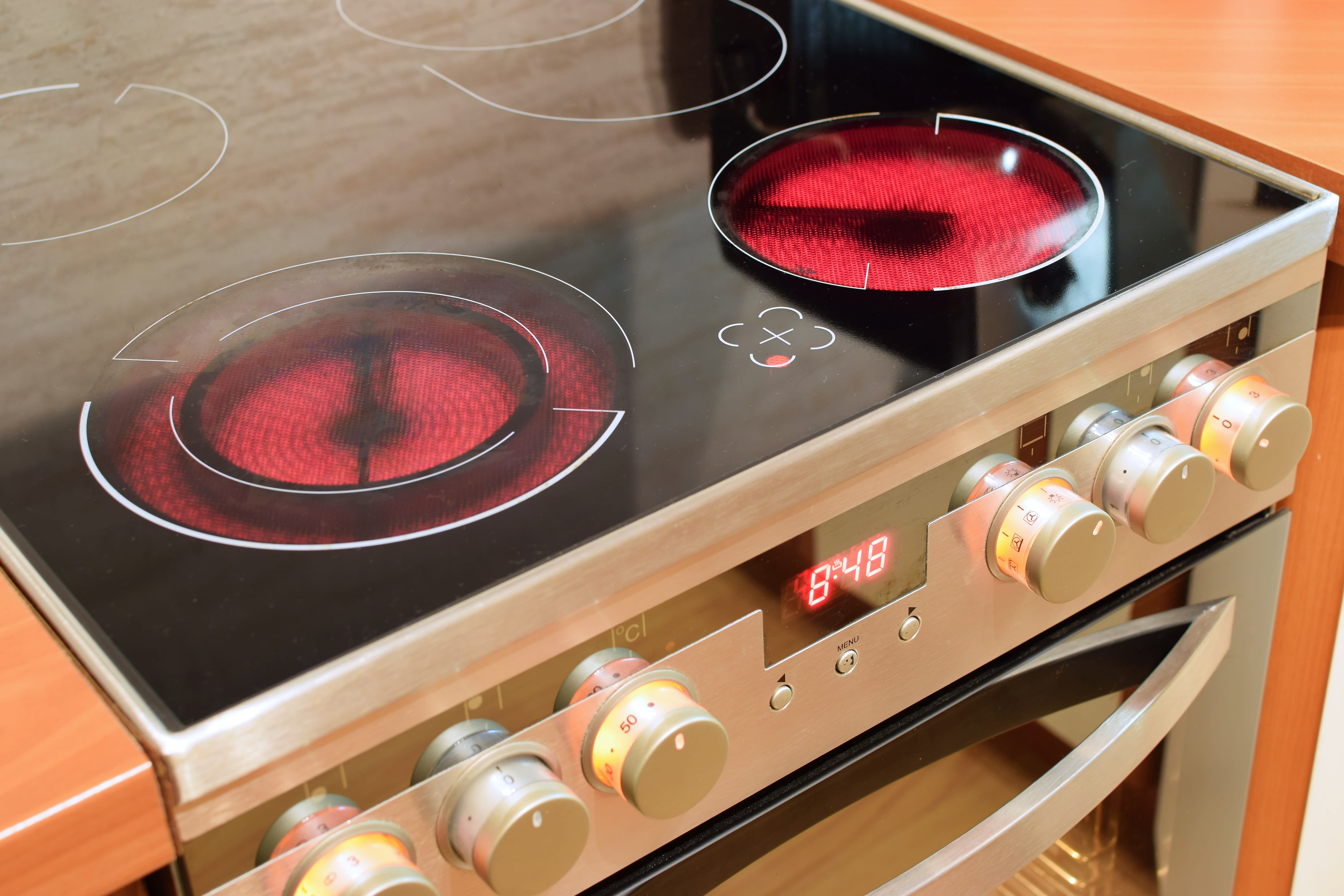
Induction stoves 🧲
Now for the good stuff.
To understand how induction stoves work, it’s important to remember that electricity is very closely related to magnetism. In fact, they are two sides of the same coin: electromagnetism. 🪙
Induction stoves work by exploiting a phenomenon known as electromagnetic induction (throwback to high school physics!).
It’s an easy concept to get lost in, but the fundamental idea is that under the right circumstances, an alternating electric current can induce an alternating magnetic field, which can in turn produce more current, and so on and so forth.
Underneath the glass/ceramic facade of an induction stove, alternating current is passed through a coil. This induces an alternating magnetic field that exists at a 90 degree angle to the plane in which the current is traveling. When you place a pot on an induction stovetop that has been turned on, it interacts with this magnetic field.
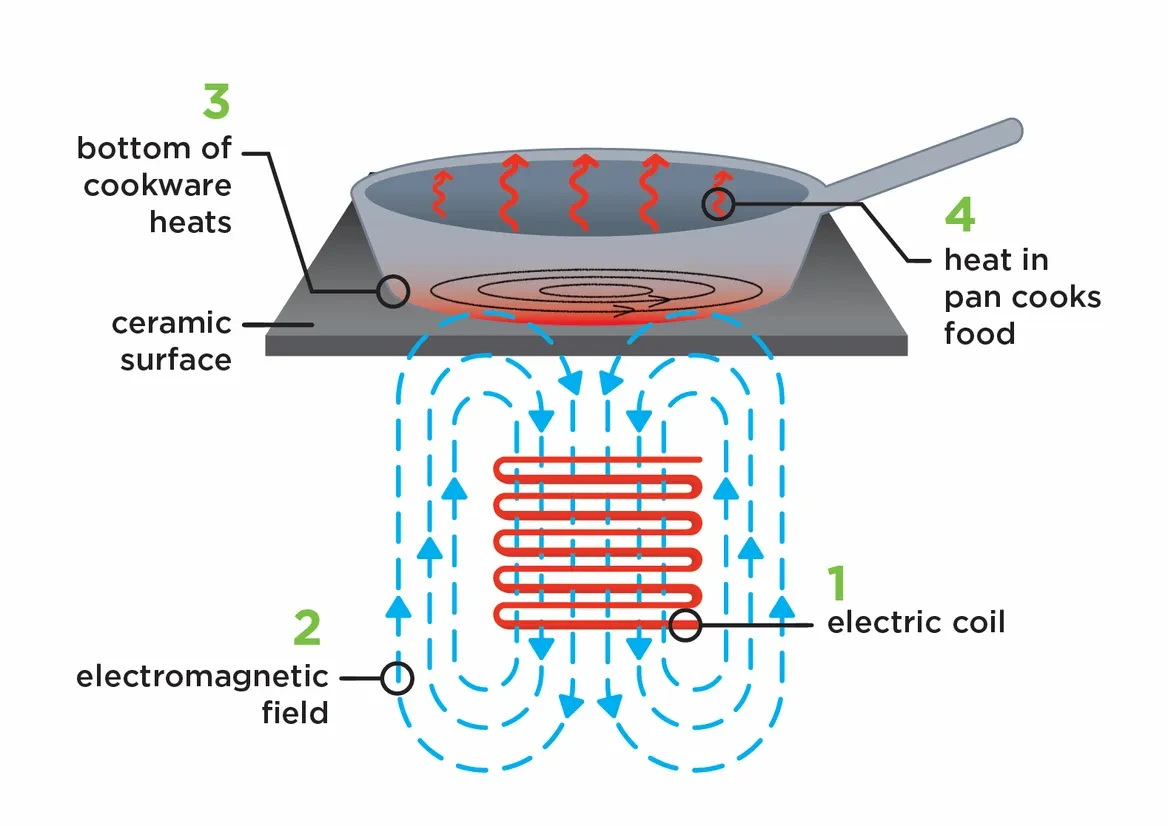
This interaction produces “eddy currents” within the base of the pot, which are basically little whirlpools of electricity with nowhere to travel to. Because of the resistance of the pot, these eddy currents dissipate as heat soon after their appearance. 🫥
So, when you cook on an induction stove, the source of the heat that you cook with is the pot itself. This means that only one heat transfer needs to take place: from the pot to your food. How cool is that??
So, do induction stoves use less energy?
The simple answer: yes, induction stoves use less energy.
A study done by the American Council for an Energy Efficient Economy showed that induction stoves convert between 85-90% of the energy they consume into usable heat; that’s compared to the approximately 75% of energy converted by standard electric stoves and the 40% by gas stoves. 🙌
What these numbers boil down to is this: an induction stove will use less energy to produce the same amount of heat as an electric or gas stove.
But, there is a more complicated and potentially less charming answer to this question.

Are induction stoves really worth it?
Let’s get one thing straight. Induction stoves and electric stoves are much more efficient than gas stoves, and it shows.
Period. 👏
But, when you compare the energy savings of an induction stove versus an electric stove, it’s a closer game than you might think. This is mostly because the proportion of electricity that goes towards cooking in American households is surprisingly minimal.
After crunching the numbers, Carbon Switch claims that the annual energy savings you would get by choosing an induction stove over an electric stove are less than the energy savings you would get by replacing a single incandescent light bulb with an LED bulb. 💡
It is worth noting that Carbon Switch, like many of the sources that make this claim, arrived at this conclusion using old household energy data — like, 2015 old.
Nevertheless, it would be wise to not expect an induction stove to provide you with a ton of energy savings, and certainly much less than you would get from other energy upgrades like trading in your gas furnace for a heat pump.
So, why would you choose an induction stove over electric? Why wouldn’t you? 🤔
Pros of Induction Stoves
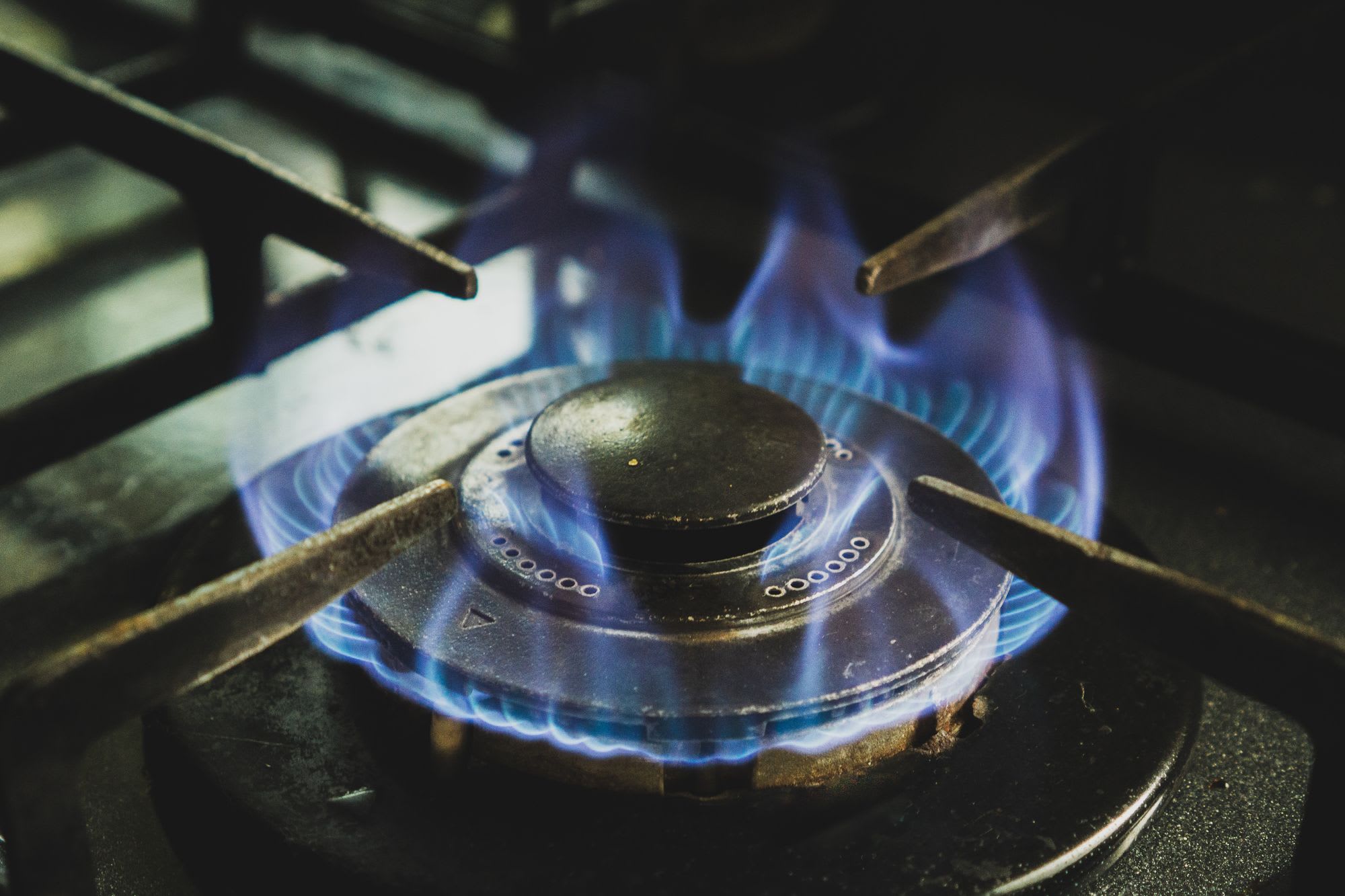
It’s not random that induction stoves are used in professional kitchens all across the world. Here’s what makes them superior to other types of stoves.
⏳ Faster
Induction stoves will get a hot meal on your table 25%-50% faster than gas and electric stoves. The speed of induction stoves is especially apparent when boiling water.
An article by The Cool Down features a TikTok video that shows equivalent amounts of water being boiled on an induction stove and a gas stove. The induction stove got the job done in 50 seconds, while the gas stove took a whopping 3 minutes.
No contest.
📐 More Precise
Because they are electric and because they don’t rely on multiple heat transfers, induction stoves can offer you unrivaled temperature control while you cook. Some models even come with smart features that allow you to take a back seat while your stove does the temperature control for you.
This capacity for temperature precision also means more even cooking: no more splashy simmers or burnt pancake bottoms.
🦺 Safer
Induction stoves are safer for you and the planet we all share, because they don’t emit noxious gases while you cook, or leak methane, or use an open flame. Pretty self-explanatory.
But there’s more. Because the heat an induction stove creates is generated directly in the pan you use, the stovetop itself doesn’t heat up at all (neither does your kitchen! Bonus points for you and your AC). If you were to turn an induction stove on and lay your hand directly on it, you wouldn’t feel a thing.
Note: It may feel hot to the touch immediately after use, but even so, it will cool down faster than the cooktops of gas and electric stoves.
🧽 Easier Clean-Up
Say goodbye to the days of having to dismantle your entire stove in order to give it a thorough scouring. Because induction stoves have a flat glass/ceramic stove top, all you have to do to clean it up is wipe it off. Easy peasy.
There are electric stoves with flat cooking surfaces, but because heat is transferred through the glass/ceramic to your pot, they are less efficient, and it is easier for spills to result in there being burns or charred food on your cooktop. Because they generate heat directly in the pots you use, induction stoves do not have this problem.
Cons of Induction Stoves
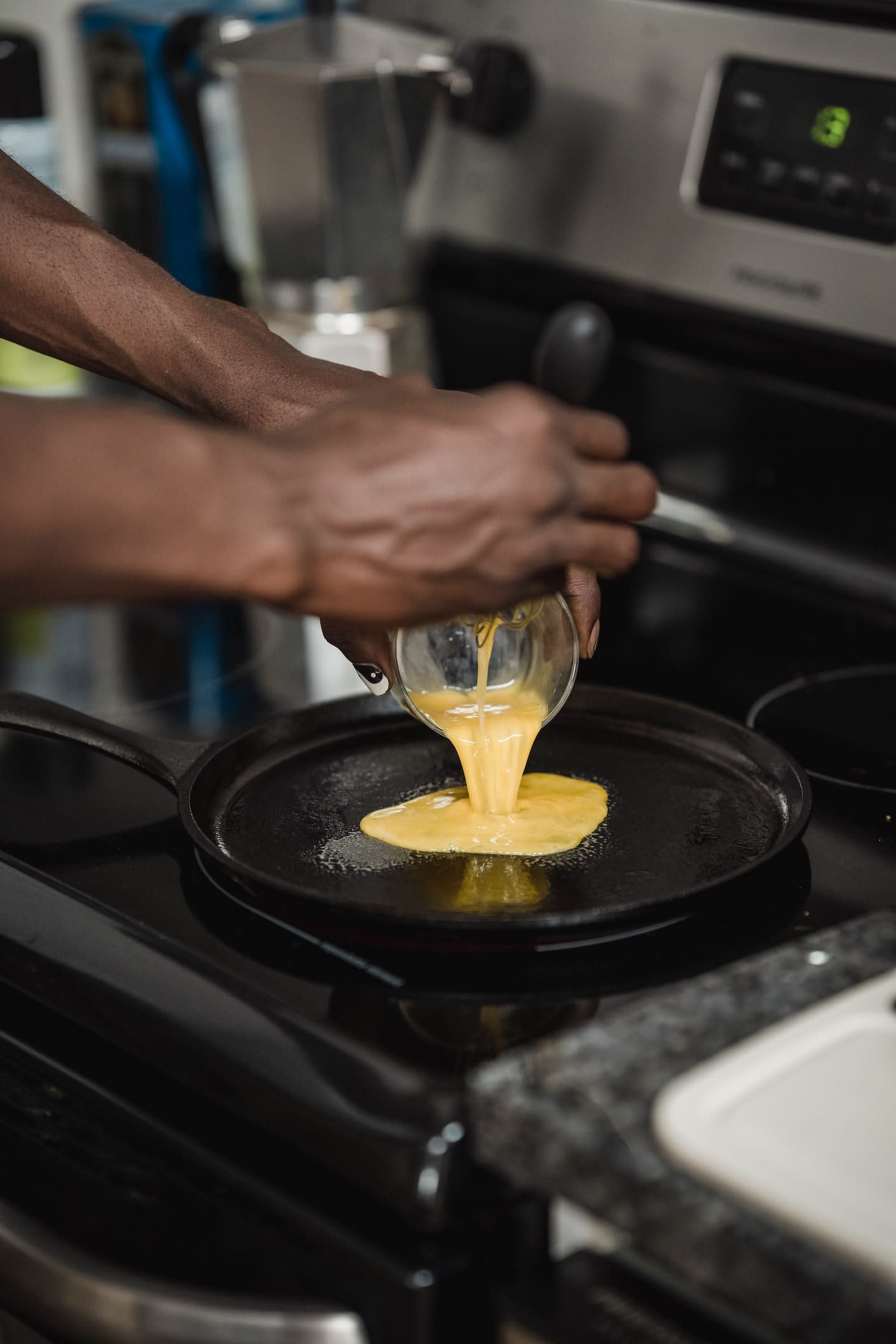
As always, there are reasons why you might not want an induction stove. Here are the big ones.
💰 Expensive
Induction stoves are definitely pricier than other types of stoves.
The most inexpensive new gas stoves on the market today are usually priced between $550 and $1600. New electric stove are pretty comparable to that, with the cheapest options ranging from $550 to $2000. New induction stoves of the same caliber tend to start at $1200, and can be as much as $3000.
If you’re switching from a gas stove to an induction stove (or an electric one, for that matter), the installation will also be expensive. This is because you’ll need your gas line shut off and capped, and you’ll need a 240 volt outlet and a special circuit breaker installed and run to your electrical panel. Your electrical panel itself might need updating in order to handle the heavier load.
While those expenses can be mitigated by long term energy savings and rebates, they’re still a lot to take on.
🍳 Require Specific Pots and Pans
In order to function properly, an induction stove has to be paired with “ferromagnetic” pans.
Basically, the pans you use have to react to magnetism (i.e. they have to contain iron), or else they will not heat up in the presence of the magnetic field generated by the alternating current in the induction stove’s coils.
Most stainless steel pots and pans will work with an induction stove, as will cast irons and dutch ovens. These types of pots and pans tend to yield better results while cooking anyways — but if you are extremely attached to your aluminum or copper cookware, or just don’t want to undergo the additional cost of replacing those items, you probably don’t want to start browsing induction stove catalogues.
✏️ Take Some Getting Used To
Cooking on an induction stove is a completely different experience from cooking on a gas stove.
You won’t hear the characteristic tiktiktikwhoosh or see blue flames spring to life when you turn on your stove to cook. You won’t have to wait for your pan to heat up before adding in your oil. You might hear a slight buzz or hum when you have a lot of pans going at high temperatures. You might need time to figure out the sensitivity of the touch-based temperature control panel.
You’ll sort of have to figure out how to cook all over again, and adjust your routines accordingly. The prospect of that learning curve can be a major turn-off.
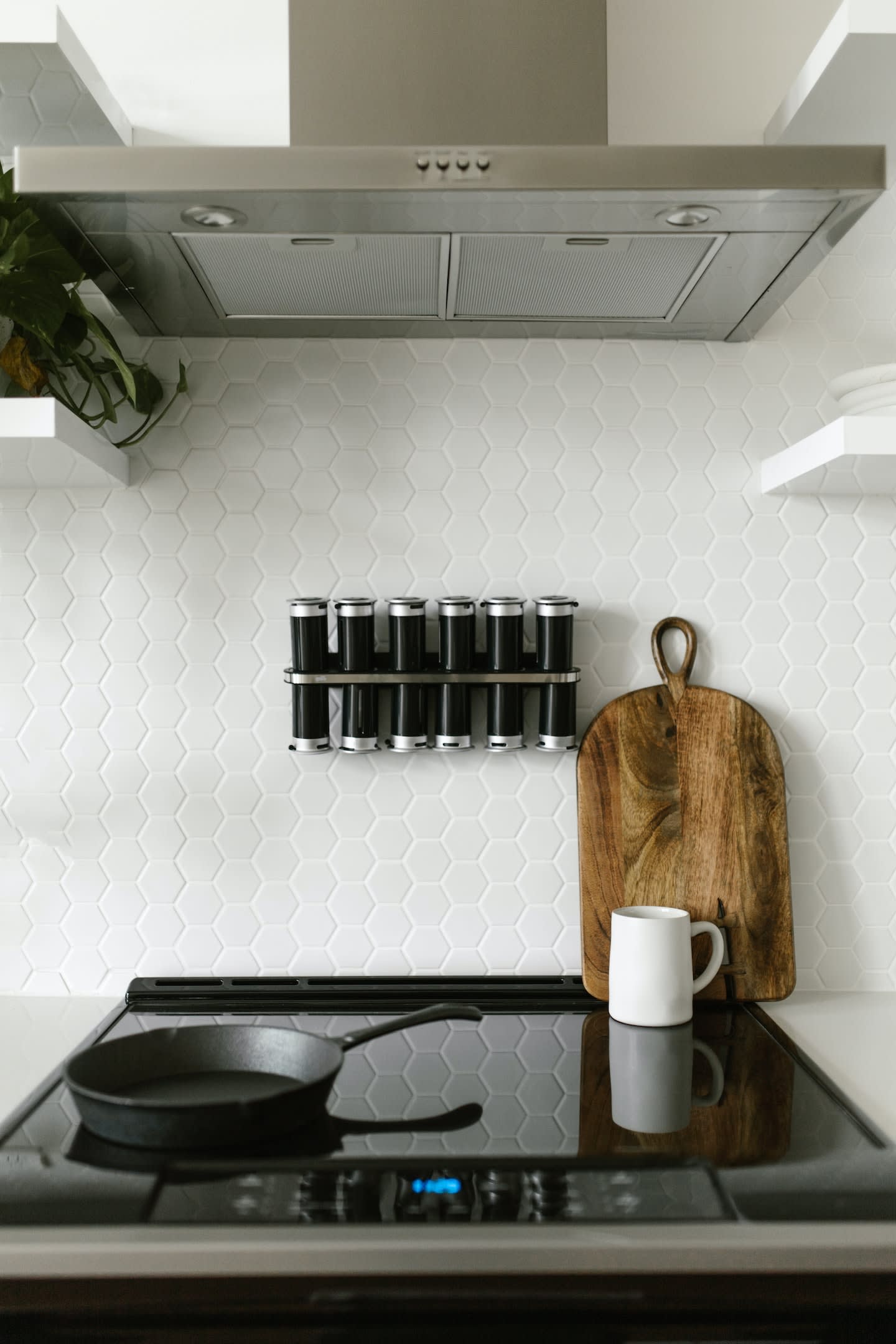
Gas vs. Electric vs. Induction: The Takeaways…
Induction stoves are more energy efficient, less polluting, and come with a bunch of other benefits that make them a great option for your kitchen as you electrify your life. 💃⚡️
If the upfront cost of an induction stove feels like a lot to wrap your head around, or you’re determined to hang on to your beloved copper pots and pans, or you’re a creature of habit and cannot fathom a change to your daily routine, an electric stove is a perfectly acceptable alternative to an induction stove.
Whatever you do: DON’T go out and buy a new gas stove. By all means, use the one you have until it conks out, but when it does, go electric. It’s better for you, and it’s better for the planet. Not much else to say.
Ready for even more ways to save energy and create a more efficient home? Check out our cool home energy dashboard.
